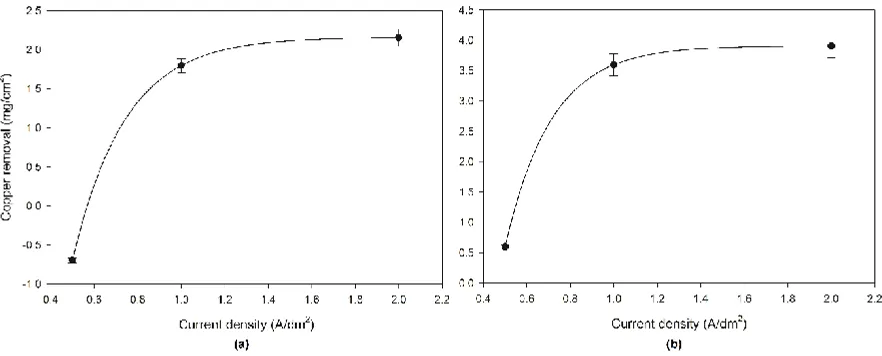Removal of Trace Amounts of Copper from Concentrated Hydrochloric Acid Solutions
Full text
Figure
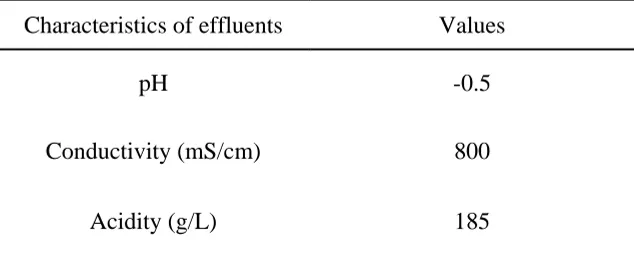
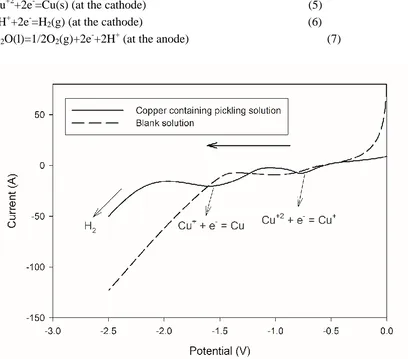
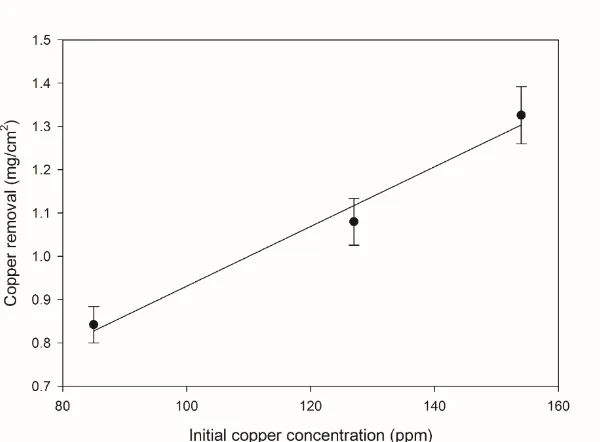
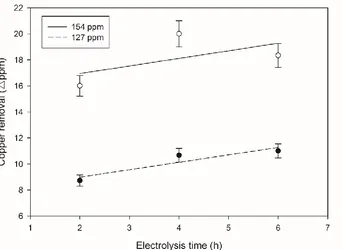
Related documents
The optimum gap corresponding to the minimum loss increases when the core diameter increases for negative curvature fibers with six cladding tubes8. For negative curvature fibers
som i praksis gjelde r for kjøtt som skal importeres til Norge som følger:.. Importtoll til Norge for ulike kjøttslag, hele og halve skrotter, kjølte. kg og i prosent av tollen
In a series of experiments performed at Argonne National Laboratory, using Gammasphere and an array of Silicon detectors, measurements of the fusion cross section of 12 C+ 12 C
We study privacy protection in PWS applications that model user preferences as hierarchical user profiles.. We propose a PWS framework called UPS that can
Obstacles such as runway vehicle, pedestrian, fire accident, rain, fog or snow which occurs on the runway causes air crashes due to poor weather condition and
Table 1.9 Regression of Return Transfer Effect between ADRs and Underlying Stocks on Market Development, Investment Restrictions, Investor Protection, Ownership Structure, Noise
This case illustrates that ileal pouch-anal anastomosis might induce relative stretching of the superior mesenteric artery and flatten it against the aorta, resulting in
Each of the processed cow tail were separated into the skin, meat, and bones and analysed for heavy metals (arsenic, lead, cadmium, mercury and chromium) using atomic
